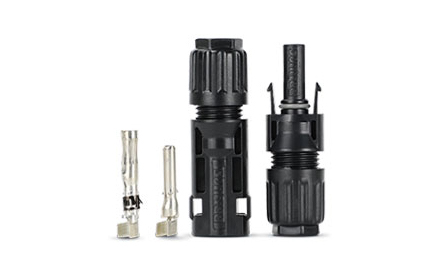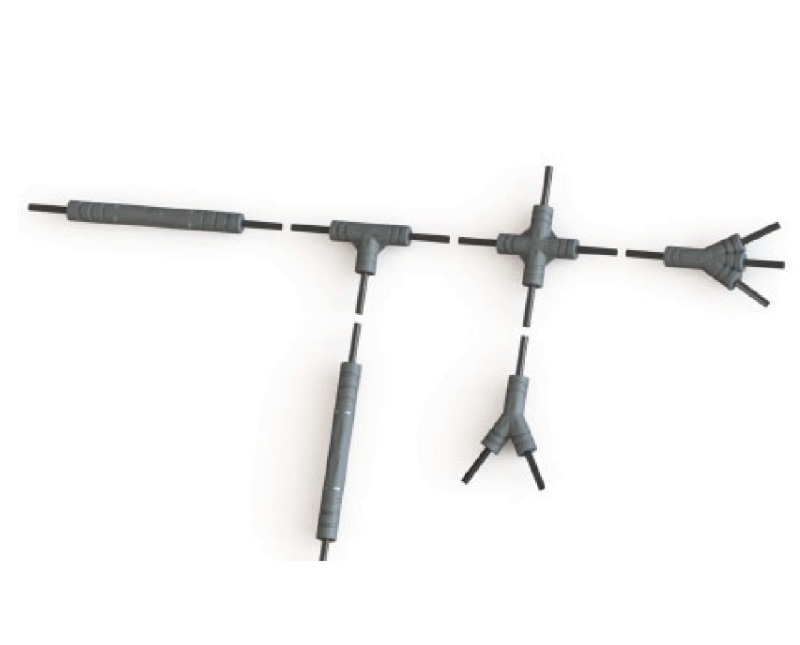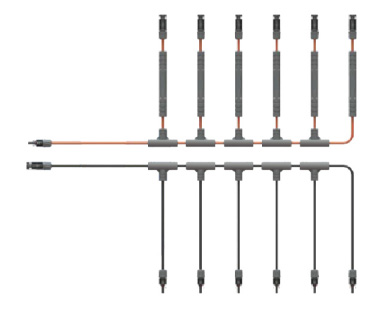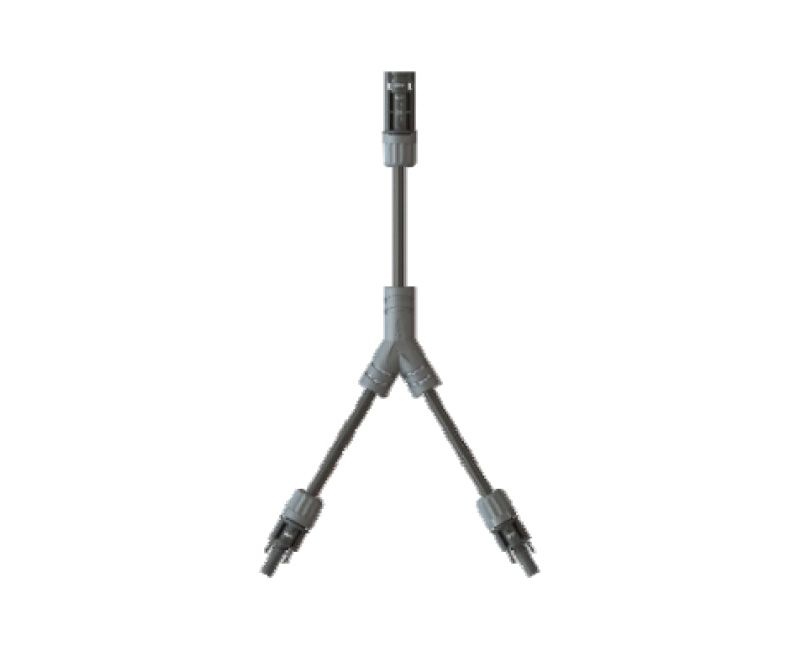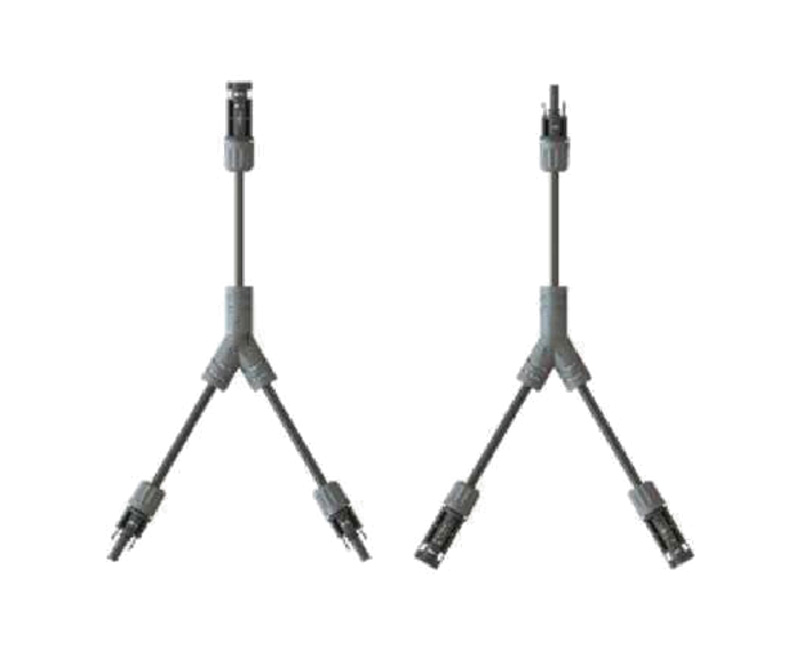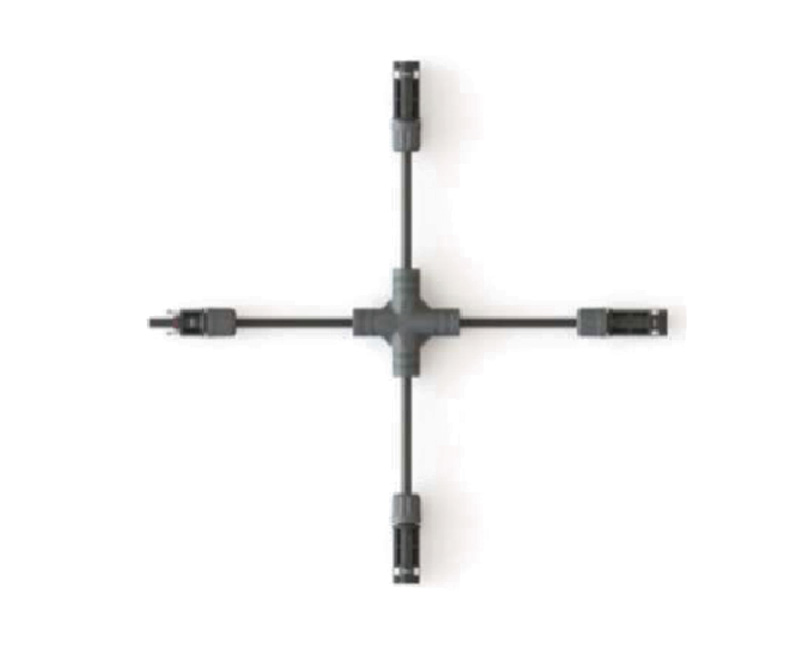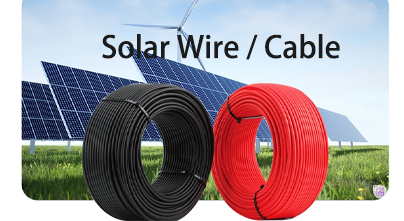In today's energy transformation, power transmission is crucial. Solar cables are a new force in the field of new energy. The following will reveal the factors that affect the service life of solar cables.
1. Environmental Conditions
temperature: Solar cables are often exposed to outdoor environments and face large temperature changes. High temperatures will accelerate the aging of cable insulation materials, making them hard and brittle, reducing insulation performance and making them prone to cracks and breakage. Too low temperatures will make the cables stiff and less flexible, making them more likely to break when subjected to external forces, thus affecting the service life of the cables.
Ultraviolet radiation: Long-term ultraviolet radiation will cause the outer sheath material of the cable to age and crack, reduce its mechanical strength and weather resistance, lead to a decrease in the protective performance of the cable, make it susceptible to erosion by external factors, and shorten the service life of the cable.
Humidity and moisture: High humidity or direct contact with moisture can make the cable damp, affecting its insulation performance. Moisture can also cause the metal conductor inside the cable to rust and corrode, increasing resistance and reducing conductivity. It can also weaken the mechanical strength of the cable, making it more susceptible to damage.
2. Material factors
Conductor material: The conductor of solar cables is usually made of copper or aluminum. High-quality copper or tinned copper conductors are corrosion-resistant and ensure better conductivity. If the conductor material is of poor quality, contains impurities or defects, it will also reduce the service life of the cable.
Insulation material: The performance of the insulation material is directly related to the insulation effect and service life of the cable. If the insulation material's heat resistance, moisture resistance, aging resistance and other properties are insufficient, problems such as insulation breakdown and leakage are likely to occur during long-term use, thus affecting the normal operation and service life of the cable.
Sheath material: The sheath material mainly protects the internal structure of the cable and needs to have good mechanical strength, wear resistance, weather resistance and corrosion resistance. If the sheath material is of poor quality, it is easy to be damaged or cracked during use, exposing the insulation layer and conductor inside the cable to the external environment and being eroded and damaged by various factors.
3. Electrical Load
Overloading: Exceeding the cable's current-carrying capacity can cause overheating and insulation damage.
Voltage Fluctuations: High voltage spikes can degrade insulation over time.
4. Laying method
Bending radius: During the laying process, if the bending radius of the cable is too small, the conductor and insulation layer inside the cable will be excessively squeezed and stretched, causing its structure to deform, thereby affecting the electrical and mechanical properties of the cable and reducing the service life of the cable.
Laying length and tension: Too long laying length will increase the resistance of the cable, resulting in increased line loss, and will also cause the cable to be subjected to greater tension. Excessive tension will cause tensile stress on the insulation layer and sheath of the cable, making it easy to break and fracture, thus shortening the service life of the cable.
5. Maintenance of solar cables
Regular inspections: Carry out a comprehensive inspection at least once a month to check whether the cable surface is damaged, whether the insulation layer is intact, whether the joints are firm, etc., promptly detect signs of aging such as cracks and peeling, and take measures to maintain and repair them.
Check the connection status: Make sure the solar cable is firmly connected, without signs of looseness, oxidation or discoloration due to overheating. For the connection parts, tools should be used to tighten them regularly, and check whether cleaning or anti-corrosion treatment is needed.
Clean the cable surface: Clean the surface of the cable insulation layer regularly to remove attached oil, dust, etc. to maintain good insulation performance, but use professional cleaning agents and tools to avoid damaging the insulation layer.
Monitor cable load: Regularly measure and monitor cable load to control the cable from being overloaded and keep it within the specified allowable continuous current carrying capacity to prevent premature aging of the cable insulation layer.
Record and archive: Each inspection should be recorded in detail to establish a solar cable status file to provide a basis for subsequent tracking and maintenance.
The service life of solar cables is affected by environmental conditions, material factors, electrical load, laying method and regular maintenance.Addressing these factors will increase the service life of solar cables.
